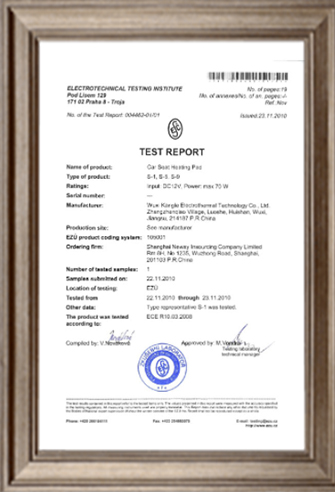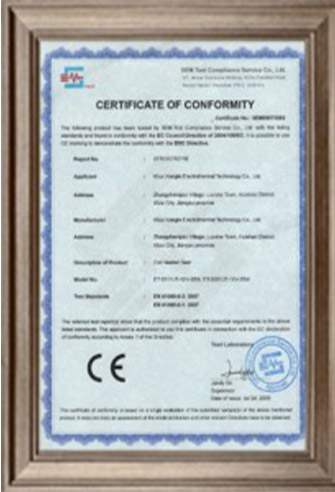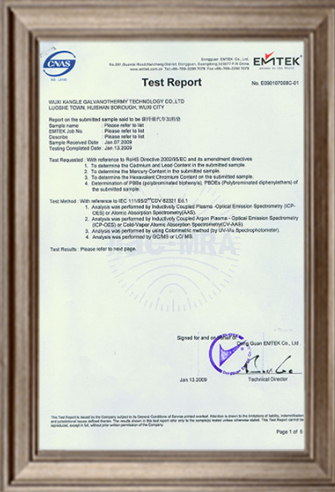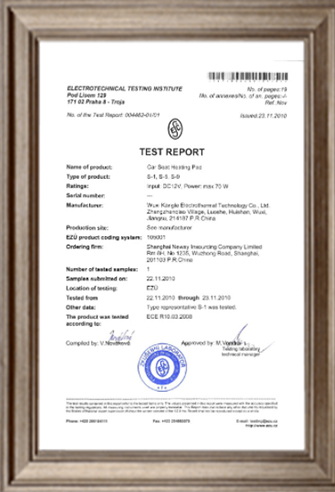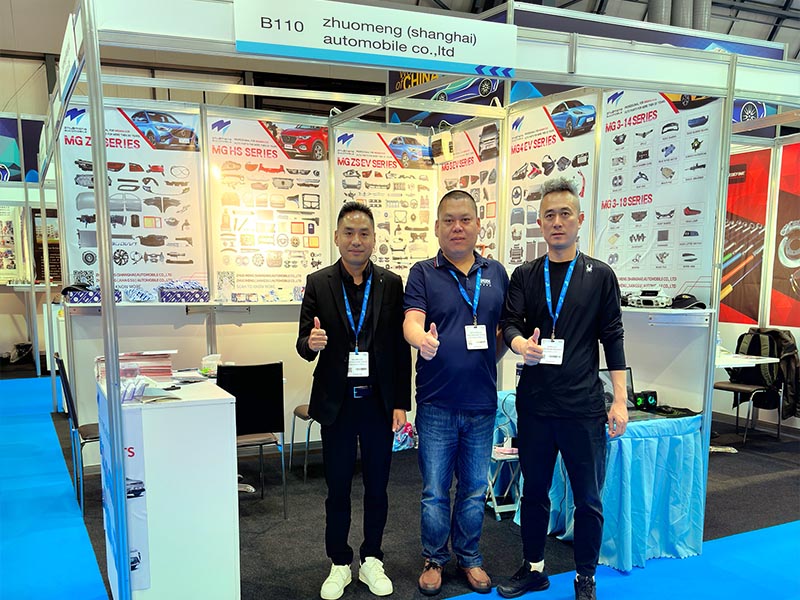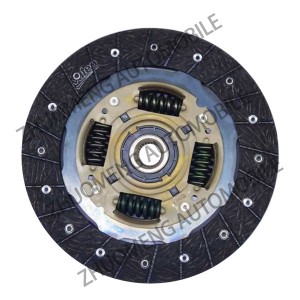Turbocharger gasket prone to failure.
The main causes of gas leakage of turbocharger gasket
The main causes of gas leakage in turbocharger gaskets include:
aging of sealing elements : with the increase of vehicle use time, oil seal sealing ring and other components will gradually age, lose elasticity, resulting in gas leakage.
poor lubrication : Poor lubrication inside the supercharger may lead to increased friction between components, resulting in part wear and oil leakage.
External damage : If the vehicle has been impacted in the past, the supercharger may be damaged, resulting in a gas leak.
Influence of leakage of turbocharger gasket
Turbocharger gasket leakage will lead to engine power shortage, air fuel ratio is not accurate, and even engine fault light. If not handled in time, it may cause more serious damage to the engine.
The solution is
Replace the sealing element : if the air leakage is caused by the aging of the sealing element, you can replace the new sealing ring or sealing gasket.
Improved lubrication : Ensure that the inside of the supercharger is well lubricated, you can add oil or replace worn parts.
Inspect and repair damage : If the supercharger is damaged by impact, inspect and repair or replace the damaged part.
Professional maintenance : If the above methods do not solve the problem, you should seek professional maintenance services.
The parameters of turbocharger gasket shell involve many aspects, including material, structure, performance, etc., to ensure that the turbocharger can operate stfully and efficiently under high temperature and high pressure working environment. Here's an overview of some of the key parameters:
material : turbocharger gasket shell is usually made of high temperature wear-resistant materials, such as alloy-718, etc. These materials can withstand wear and oxidation at high temperature for a long time and maintain good mechanical properties. For example, a double-layer Alloy 718/NiCrAlY coating deposited using a high-speed oxygen-fuel (HVOF) thermal spraying process enhances the high-temperature corrosion and corrosion wear properties of gray cast iron (GCI) components .
construction : The turbocharger gasket housing is designed to be of multilayer construction including at least one temperature housing module which partially surrounds the turbine housing and/or the compressor housing and/or the bearing housing radially and axially. In addition, an internal explosion-proof housing module and an external explosion-proof housing module are included for additional protection and safety .
performance : Turbocharger gasket housing needs to have good high temperature resistance, able to maintain stability at temperatures up to 900°C, resistance to oxidation and corrosion. Resistance to high temperature erosion and oxidation can be significantly improved through the use of advanced coating technologies, such as Alloy-718, thanks to its good adhesion to the substrate, high hardness and the formation of a protective phase at high temperatures .
In summary, the parametric design of the turbocharger gasket housing is designed to ensure its reliability and durability under extreme operating conditions, through the use of high-performance materials and advanced technology, as well as carefully designed multi-layer construction, to meet these requirements.
If you want to know more, keep reading the other articles on this site!
Please call us if you need such products.
Zhuo Meng Shanghai Auto Co., Ltd. is committed to selling MG&MAUXS auto parts welcome to buy.


